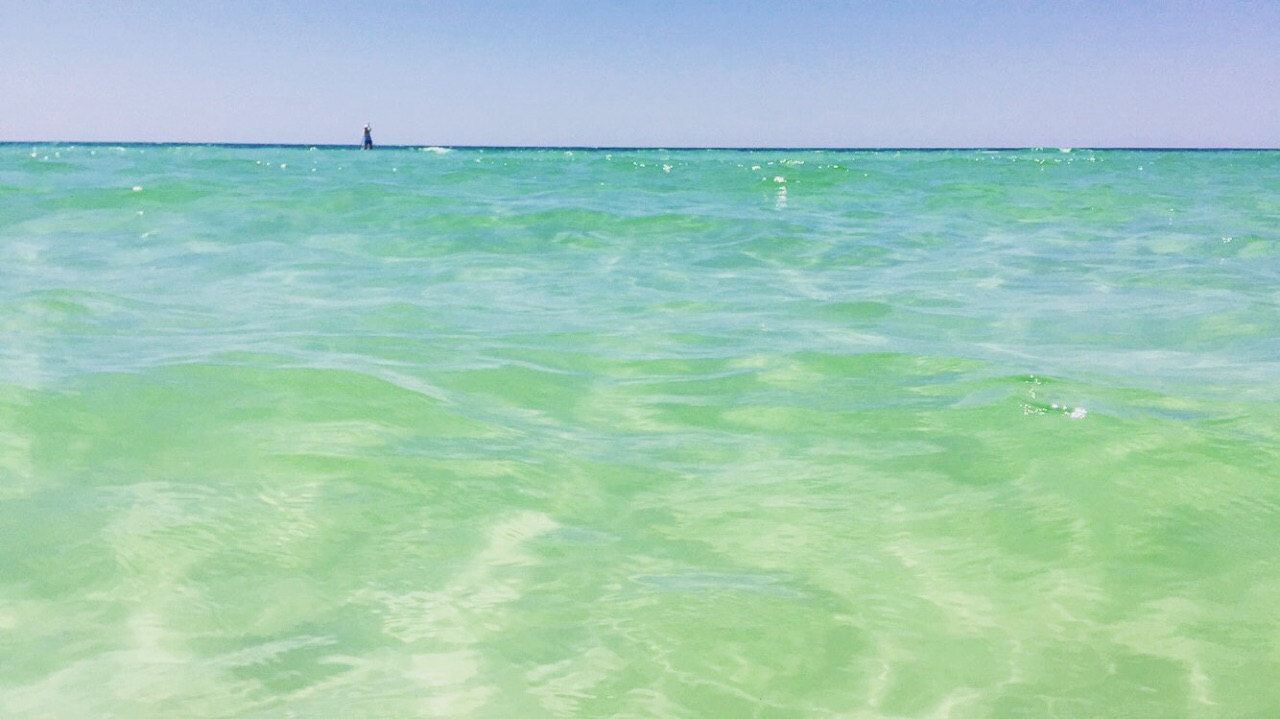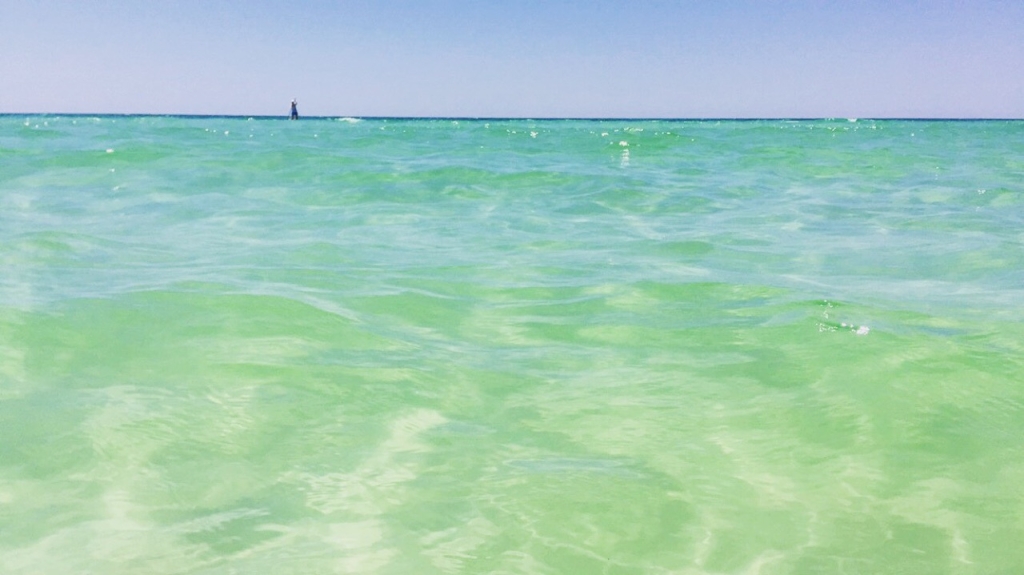
UNDERSTANDING THE WHITE SAND IN THE GULF OF MEXICO ALONG 30A (PART 1)
Where Does the White Sand Come from in the Gulf of Mexico?
The stretch of white sand found along the Gulf Coast of the United States may appear to be a natural phenomenon, but the reasons why these beaches are so pristine and white are quite complex. In this article, we will explore the origins of the white sand along the Gulf of Mexico and investigate the various forces shaping its composition and presence.
Exploring the Geological Origins of White Sand in the Gulf of Mexico
White sand is composed mainly of quartz, which forms from the erosion of other rocks over time. The grains are broken down by natural weathering processes, such as wind and water, and thus transported to the Gulf Coast. The quartz grains have a hardness rating of 7 on the Mohs Hardness Scale, making them resistant to further erosion, and giving them their characteristic white hue. Other minerals found in the sand include feldspar, hornblende, and mica, and these all contribute to the unique texture and color of the beach sand.
The quartz grains that make up the white sand of the Gulf Coast are believed to have originated from the Appalachian Mountains, which are located thousands of miles away. Over millions of years, the quartz grains have been transported by rivers and streams, eventually making their way to the Gulf Coast. The quartz grains are then further broken down by the waves and currents of the Gulf of Mexico, creating the beautiful white sand beaches that are so popular with tourists.
Examining the Chemical Composition of White Sand in the Gulf of Mexico
The chemical composition of white sand along the Gulf Coast is mainly composed of silica (SiO2) and other trace elements. The quartz crystals that comprise much of the sand contain up to 99.5% silica, making it a very hard and dense material. Other trace elements found in white sand depend on its source, such as calcium carbonate or iron oxides. Silica is known to be resistant to weathering processes, making it ideal for use on beaches.
White sand is also known to be a great source of minerals and nutrients for the surrounding environment. It is often used to help restore and maintain the health of coastal ecosystems, as it provides a natural habitat for many species of marine life. Additionally, white sand can help to reduce erosion and protect the shoreline from the effects of storms and other natural disasters.
Investigating the Impact of Natural Weathering Processes on White Sand in the Gulf of Mexico
Natural weathering processes have a significant impact on white sand along the Gulf Coast. These processes include both physical and chemical weathering, which can cause the breakdown and erosion of quartz grains over time. Physical weathering processes such as abrasion, caused by wind-driven particles hitting the sand grains, can reduce their size and shape. Chemical weathering processes like hydrolysis can also break down quartz grains, producing a finer grain size.
In addition to physical and chemical weathering, biological weathering processes can also contribute to the breakdown of quartz grains. Organisms such as bacteria and fungi can produce acids that can dissolve quartz grains, leading to further erosion. Furthermore, the presence of burrowing organisms can cause physical disruption of the sand grains, leading to further breakdown.



